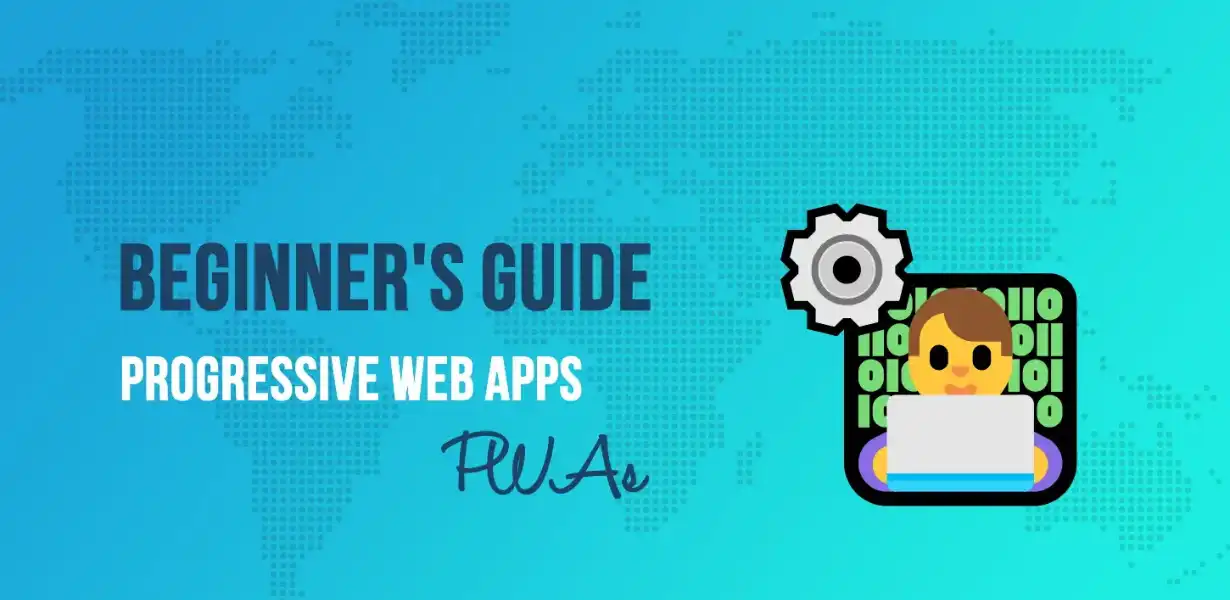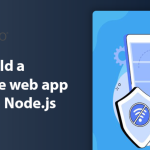
Next-Generation PWAs: Leveraging Edge Computing for Real-time Applications
- Post
- August 8, 2023
- Progressive Web Apps, PWA Tips & Tricks, Web Technologies
- 0 Comments
In the fast-evolving landscape of web development, Progressive Web Applications (PWAs) have emerged as a groundbreaking solution, blending the best of web and mobile app experiences. As technology leaps forward, the synergy between PWAs and edge computing has opened up a new realm of possibilities, empowering real-time applications like never before. In this comprehensive guide, we delve into the fusion of Next-Gen PWAs and edge computing, exploring the profound impact on user experiences and application performance.
Understanding PWAs: A Quick Primer
Progressive Web Applications (PWAs) represent a revolutionary approach to web development, emphasizing enhanced user experiences, offline functionality, and blazing-fast load times. Leveraging modern web technologies and APIs, PWAs provide a seamless bridge between websites and native apps. They eliminate the need for installations, offer responsiveness across devices, and enable offline access, making them a preferred choice for businesses aiming to engage users effectively.
Unveiling the Power of Edge Computing
Edge computing takes a step further in optimizing user experiences by bringing computation closer to data sources. Unlike traditional cloud computing, which relies on distant data centers, edge computing processes data on or near the device, reducing latency and enhancing real-time capabilities. The integration of PWAs with edge computing introduces an innovative approach to data processing and content delivery, ensuring that applications respond swiftly and reliably.
PWA Best Practices: Crafting Next-Level Experiences
Design Excellence for PWAs
Creating a compelling PWA involves meticulous design considerations. The user interface must be intuitive, responsive, and aesthetically pleasing. By adopting responsive design principles and adhering to modern design trends, such as Material Design, your PWA will offer a seamless experience across various devices.
Performance Optimization
Speed is of the essence in both PWAs and edge computing. Compressing assets, minimizing code, and leveraging browser caching are fundamental strategies for enhancing performance. Additionally, integrating a content delivery network (CDN) helps distribute content across edge servers, reducing latency and load times.
Offline Accessibility
One of the standout features of PWAs is their ability to function offline. By utilizing service workers and caching essential assets, PWAs ensure that users can access critical functionalities even without an active internet connection. This capability is particularly useful for real-time applications that need to remain accessible at all times.
Harnessing Edge Computing for Real-Time Applications
Real-Time Data Processing
Edge computing enables PWAs to process data in real-time, making them ideal for applications that demand instant data analysis and response. For instance, real-time analytics dashboards, financial market tracking, and live event streaming benefit greatly from the low latency edge computing offers.
IoT Integration
The Internet of Things (IoT) thrives on real-time data processing, and the fusion of PWAs with edge computing provides a solid foundation for IoT applications. Devices can communicate with edge servers, reducing the need for centralized data processing and allowing devices to make faster, more informed decisions.
Enhanced Security and Privacy
Edge computing enhances security by minimizing the exposure of sensitive data. Data is processed and stored locally, reducing the risk of breaches compared to traditional cloud solutions. Additionally, PWAs can leverage biometric authentication and hardware-backed security measures for enhanced protection.
PWA Requirements: Setting the Stage for Success
To create a next-gen PWA that harnesses the power of edge computing, certain requirements must be met:
HTTPS Security
PWAs must be served over HTTPS to ensure data security and enable service worker functionality.
Service Worker Implementation
Service workers lie at the core of PWAs, enabling offline access and background synchronization. Implementing and managing service workers is crucial for seamless performance.
Web App Manifest
A web app manifest defines how the PWA appears and functions when installed on a user’s device. It includes metadata such as the app’s name, icons, and display orientation.
Building Next-Gen PWAs: A Tutorial
Choose a Framework
Select a suitable frontend framework, such as React or Angular, to build the PWA’s user interface.
Implement Service Workers
Integrate service workers into your PWA to enable offline access and background synchronization. Leverage caching strategies to optimize performance.
Optimize for Edge Computing
Design your PWA’s architecture to leverage edge computing resources effectively. Distribute tasks between the client and edge servers to minimize latency.
Final Words
In the evolving landscape of web technology, the fusion of Progressive Web Applications and edge computing has unlocked a new era of real-time applications. By adhering to PWA best practices, leveraging edge computing’s low latency, and embracing cutting-edge technologies, businesses can create next-gen PWAs that redefine user experiences and revolutionize the way applications perform. Embrace this synergy to stay ahead in the digital race and deliver unparalleled value to your users.
Commonly Asked Questions
Q1. How do PWAs improve user engagement?
PWAs enhance user engagement by providing fast load times, offline accessibility, and a native-app-like experience.
Q2. Can PWAs work on all devices?
Yes, PWAs are designed to be responsive and work seamlessly across various devices, including smartphones, tablets, and desktops.
Q3. What role does edge computing play in PWAs?
Edge computing reduces latency by processing data closer to the user’s device, ensuring real-time capabilities and optimal performance for PWAs.
Q4. Are there any limitations to PWAs and edge computing integration?
While the integration is promising, some challenges include varying edge server capabilities and potential security concerns.
Q5. How do I ensure my PWA remains up-to-date?
Service workers enable background updates, ensuring that users always access the latest version of your PWA.




